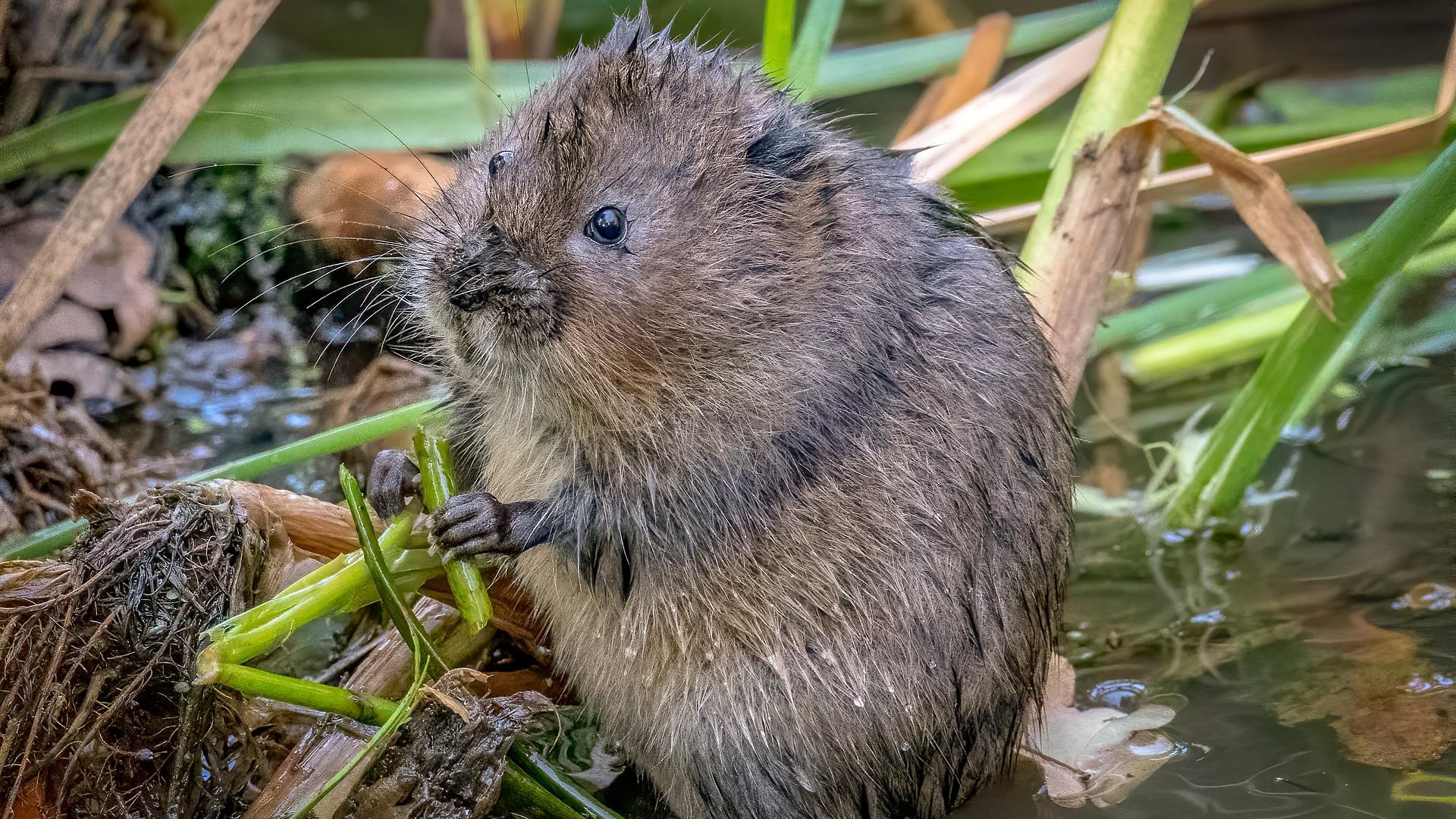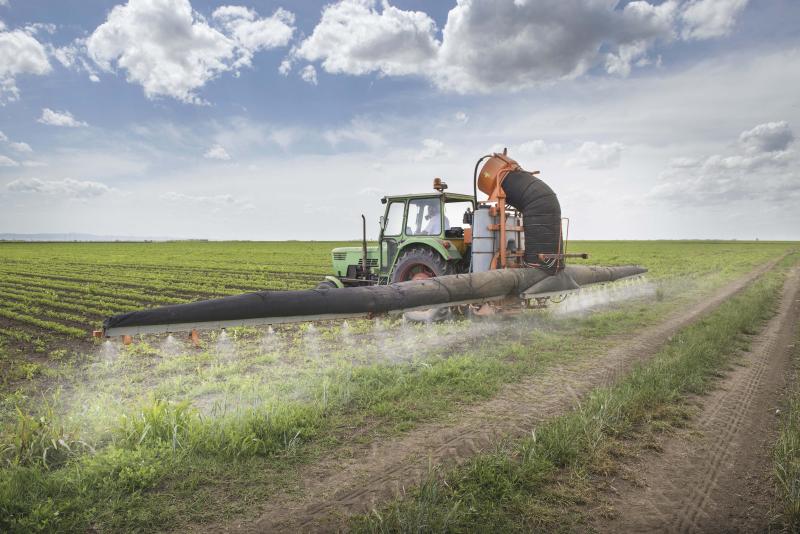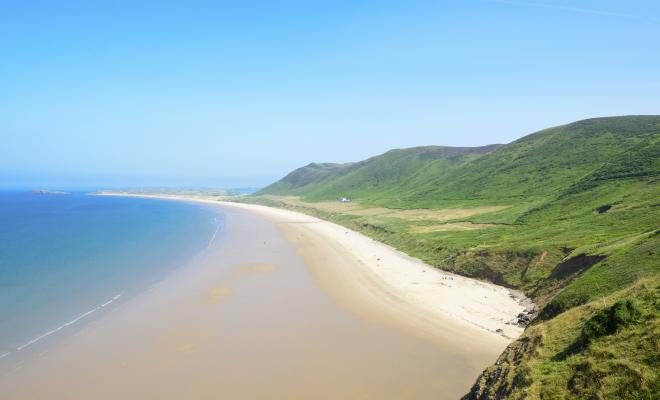Paul de Zylva21 Sep 2023
The UK is already officially one of the world’s most nature-depleted countries.
Now, the latest State of UK Nature report shows there has been “no let-up in the decline of our wildlife, with one in six species at risk of being lost from Great Britain.
- England: since 1970, the abundance of wild species has declined on average by almost a third (32%).
- Wales: since 1994, the abundance of wild species has dropped by a fifth on average (20%).
- Northern Ireland: is now the UK’s most nature-depleted country due to wildlife declines, including the huge (43%) drop in birds usually found on farmland since 1996.
- Scotland: 1 in 9 wild species now faces extinction in the country.
Yet the UK’s hostile environment for wildlife attracts little sustained media coverage or political response. despite government pledges to be ‘the greenest government ever’ and, in 2018, promising to ‘improve the environment, within a generation’ and ‘to leave it in a better state than we found it.’
It’s clear why nature is in trouble
There’s no mystery about why wildlife and nature in is decline across the UK.
But few politicians or media commentators link that decline to all of the other things they spend most of their time on - how the economy operates, how we farm and the kind of housing, transport and other development we plan.
Few media eyes ever stay on whether nature continues to plummet and whether UK politicians are doing enough. Why aren’t the media holding politicians to account with questions such as ‘Why is nature in the UK still declining on your watch?’ or ‘How do your weak and ineffectual plans match the scale of the problem?’
We can’t let more wild species and habitats go to the wall. The decline has been happening for decades – on our watch.
Evidence of nature’s decline is there for all to see
The decline may seem imperceptible, but it’s shown in Sir David Attenborough’s Wild Isles, and the very real cumulative trends over time tracked by the successive State of Nature reports.
The latest State of Nature report builds on the previous three reports:
- The first State of Nature report in 2013 found UK wild species declining 60% since the 1960’s.
- In 2016, the second report found the UK’s most endangered creatures falling by two-thirds since 1970.
- The third report in 2019 observed that the UK was among the world’s most nature-depleted nations: “It is widely accepted that the UK’s biodiversity had been massively depleted by centuries of habitat loss, management changes, development and persecution…”
Much loved species such as turtle doves, water voles, Lady’s Slipper orchids, and European eels are all at serious risk.
People go wild at the prospect of seeing bluebell woods in springtime. They may not realise how they are increasingly missing out on also seeing other once abundant native wild plants. From harebells to heathers more than half (54%) of the nation’s flowering wild plants are becoming less common.
The stark truth is that thanks to human activity the UK now has less than half of its biodiversity left.
Having let things slide for too long there are signs of some political interest in turning things round. Community demand, and the use of evidence, research and science can help.
What action should the UK be taking?
Halting and reversing this national scandal means tackling the root causes which include chronic air, water and soil pollution, insensitive farming and fishing practices, clumsy road and housing schemes and other development pressures, and deliberate persecution of some species.
We already know what actions work. We can learn from decades of proven conservation practice and successful action for nature and scale it up across urban and rural landscapes and seascapes alike.
Value for money
Conservation is proven value for money. It is relatively low cost compared with the costs of letting nature go, or of the nature-unfriendly activities the nation has tended to invest in.
The economic costs of living in a nature-depleted nation are also now well evidenced, from the health and other effects of people lacking proper green, blue and other outdoor space nearby for play, recreation and learning, to the costs of farmers losing the soils they need. The costs of flooding and drought from the misuse of soils and water is also well evidenced.
Citizen science
Britain prides itself on leading the world in many fields. The UK’s rich record of observing nature and trends is often overlooked in the roll-call of achievements. Yet those records are used to this day and the wildlife watchers and record keepers of yesteryear mirror today’s growing movement of citizen scientists.
Get smarter
We can also deploy data, mapping and evidence to make better informed decisions about everything. From a UK-wide helicopter view we can zoom right down to square metre, mile or local authority area to know how to better use and manage land and seas.
We can be smarter – from how to farm better, what to build where and how, and how to restore species, habitats and the nation’s eroded ecosystems.
When we are clearly diminishing the ability of our land and seas to support the multiple demands we place on them – for roads, housing, ports, runways, energy plants, farming, fisheries, minerals and more – we can make better decisions and judge whether a proposed use of land and sea will really do what is needed.
Investing in a greener and safer future
Investing in nature’s recovery also equips people with the skills and jobs the nation needs just as the energy transition is creating new economies and enterprises, leaving behind the dirty polluting sectors we thought we could never see beyond.
For good measure, restoring nature and ecosystems will help us cope better with the effects of the changing climate which are already locked in, and we missed the boat on avoiding.
Restoring the nation’s nature ticks so many boxes - for people’s heath, for better businesses and for resilience - and it’s time to get on with it.





